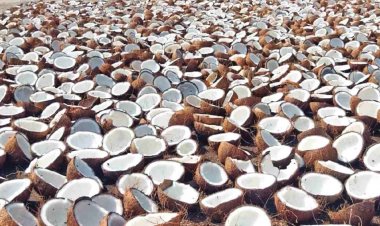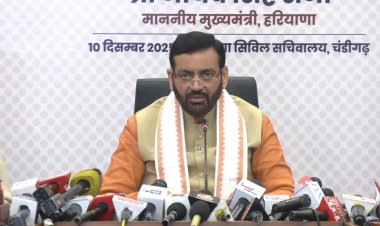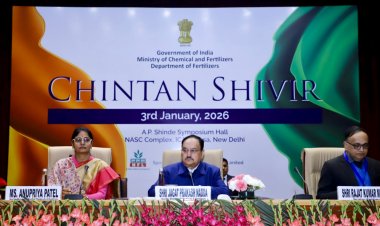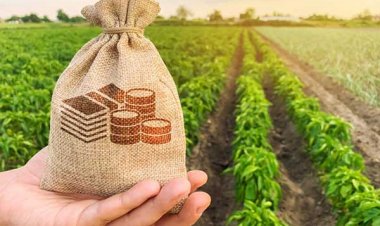Wholesale inflation stays in negative for fourth month but food inflation at 14.25 pc
The wholesale price-based inflation remained in the negative territory for the fourth straight month in July at (-)1.36 per cent on easing prices of fuel, even though food articles turned costlier. The wholesale price index (WPI) based inflation rate has been in the negative since April and was (-)4.12 per cent in June. In July last year it was 14.07 per cent. Inflation in food articles skyrocketed 14.25 per cent in July against 1.32 per cent in June.
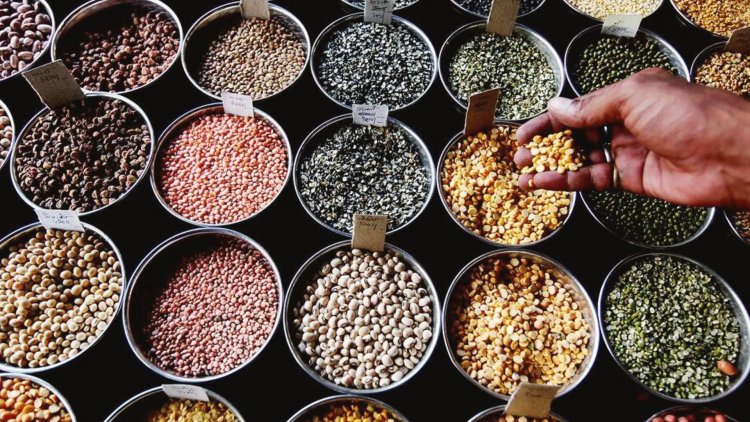
The wholesale price-based inflation remained in the negative territory for the fourth straight month in July at (-)1.36 per cent on easing prices of fuel, even though food articles turned costlier. The wholesale price index (WPI) based inflation rate has been in the negative since April and was (-)4.12 per cent in June. In July last year it was 14.07 per cent.
Inflation in food articles skyrocketed 14.25 per cent in July against 1.32 per cent in June. "Decline in the rate of inflation in July, 2023 is primarily contributed by fall in prices of mineral oils, basic metals, chemical & chemical products, textiles and food products," the commerce and industry ministry said on Monday. Fuel and power basket inflation eased to (-)12.79 per cent in July from (-)12.63 per cent in June. In manufactured products, the inflation rate was (-)2.51 per cent as against (-)2.71 per cent in June.
The RBI last week kept interest rates unchanged at 6.5 per cent for the third straight meeting but signalled tighter policy if food prices drive inflation higher. "The job on inflation is still not done," RBI Governor Shaktikanta Das had said. "Inflationary risks persist amidst volatile international food and energy prices, lingering geopolitical tensions and weather-related uncertainties." The RBI raised its inflation forecast for the current financial year ending March 2024 to 5.4 per cent from 5.1 per cent earlier, citing pressures from food prices. The central bank takes into account retail or consumer price index based inflation for formulating monetary policy. Retail inflation data for July is scheduled to be released later in the day.
India's industrial production growth too declined to a three-month low of 3.7 per cent in June mainly due to poor showing by the manufacturing sector, according to the official data released on Friday. The factory output growth measured in terms of the Index of Industrial Production (IIP) stood at 12.6 per cent in June 2022 on account of a lower base effect. The previous low of IIP was at 1.9 per cent in March 2023. Thereafter, it rose to 4.5 per cent in April and further to 5.3 per cent in May. During the first quarter (April-June) of 2023-24, the IIP growth works out to be 4.5 per cent, down from 12.9 per cent in the corresponding period a year ago.
"The growth rates over corresponding period of previous year are to be interpreted considering the unusual circumstances on account of COVID 19 pandemic since March 2020," an official statement said. As per the IIP data released by the National Statistical Office (NSO), the manufacturing sector's output grew 3.1 per cent in June 2023 against a 12.9 per cent a year ago. Power generation rose 4.2 per cent in June 2023 compared to 16.4 per cent a year ago. Mining output rose by 7.6 per cent during the month under review against 7.8 per cent in the year-ago period.
As per use-based classification, the capital goods segment grew 2.2 per cent in June this year compared to 28.6 per cent a year ago. Consumer durables output during the month declined by 6.9 per cent against a 25.2 per cent growth in the year-ago period. Consumer non-durable goods output increased by 1.2 per cent compared to a growth of 2.9 per cent a year earlier. Infrastructure/construction goods posted a growth of 11.3 per cent over a 9.4 per cent expansion in the same period a year ago.
The data also showed that the output of primary goods logged 5.2 per cent growth in the month against 13.8 per cent in the year-ago period. The intermediate goods output in June rose 4.5 per cent compared to a 10.5 per cent growth during the corresponding month last year.



 Join the RuralVoice whatsapp group
Join the RuralVoice whatsapp group


















